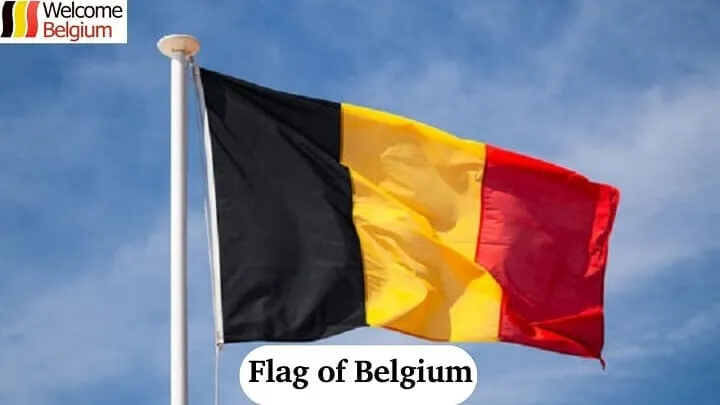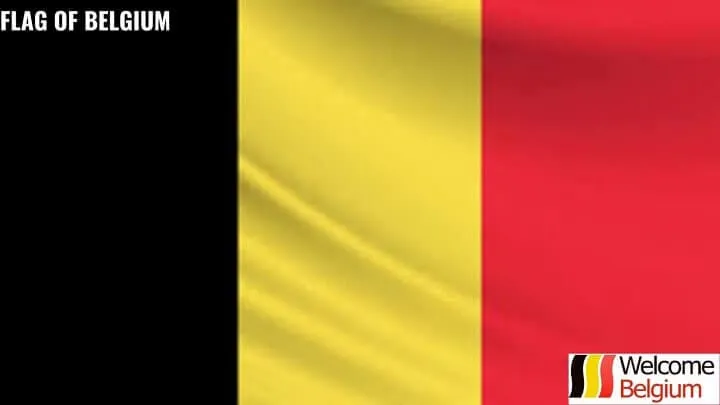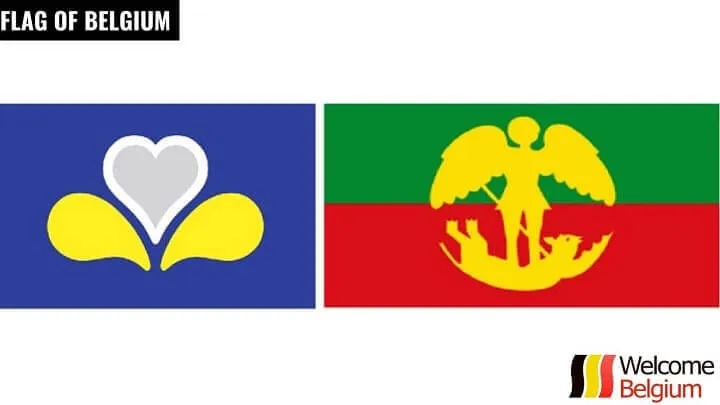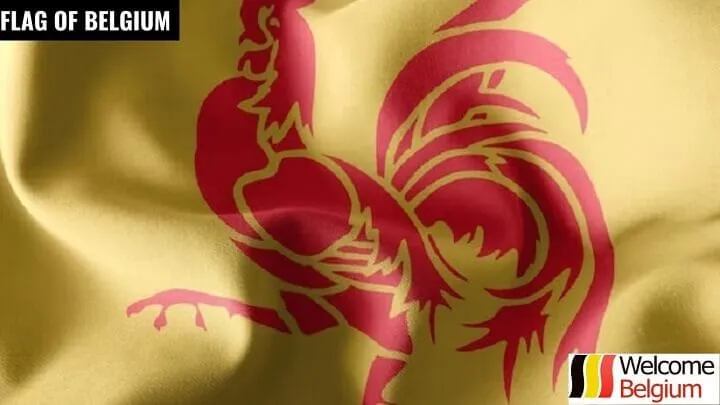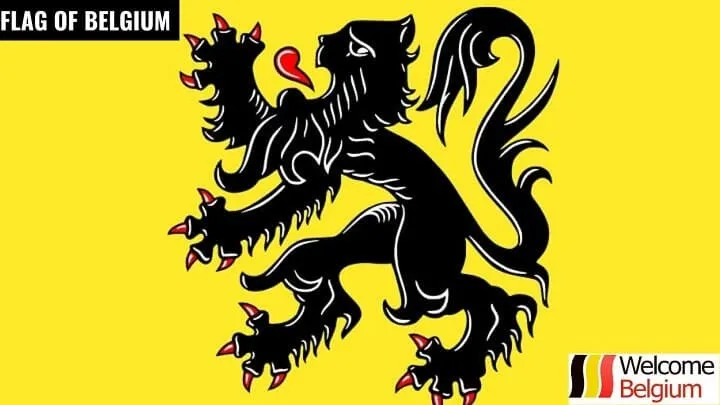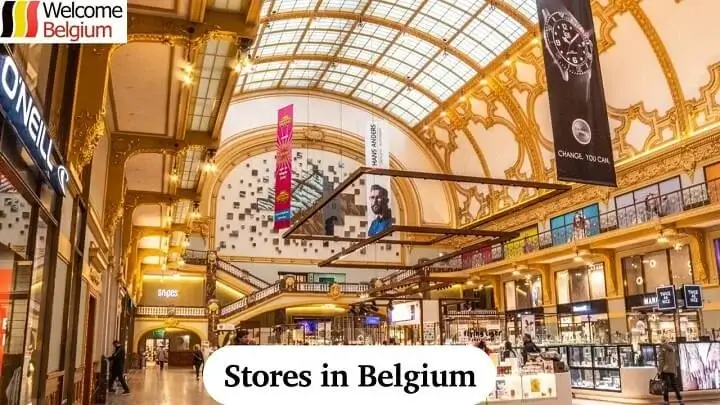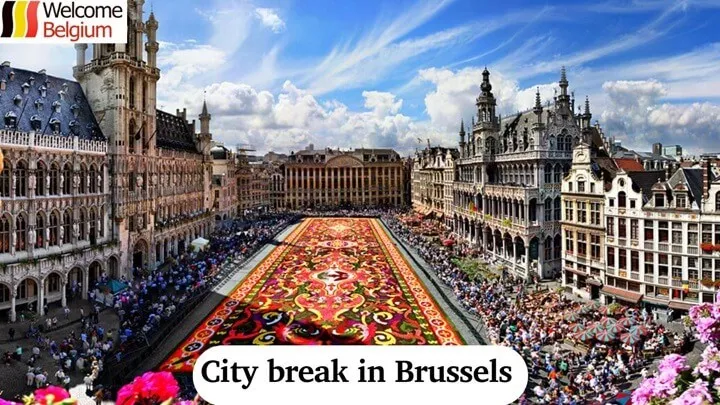For each country, the national flag has a special meaning. Belgium is no exception, its colors and stripes symbolize the difficult period of gaining and fighting for independence. Therefore, the history of the flag of Belgium and other regions is interesting, and is an invariable part of the country’s culture, the social bond of all sectors of society. In this article we will talk about the development of the symbol, its significance for Belgium.
[lwptoc]History, meaning of colors and stripes
The first version of the cloth appeared in 1798. During this period of history, Belgium began the struggle for independence. Initially, the Belgian flag had horizontal stripes. The first color from the top is red. It was followed by black and yellow. This banner has become a symbol of a state that has not yet been created. However, after the revolution, black and yellow were reversed. After 1831, the last changes were made – the stripes began to be located vertically.
Color meaning:
- It symbolizes the strength and pressure of the people of the country, who are ready to sacrifice a lot for their independence.
- It means wisdom and foresight. Some sources indicate gold instead. But it’s not right.
- Memory of the victims who gave their lives for the sovereignty of the state.
There is a slight difference between the civil and state flags of Belgium. On the first one there are only multi-colored lines. The state banner is complemented by a black lion with a crown on a yellow background. It is he who rises on holidays and memorable dates. You can see such a banner over the country’s parliament.
Interesting: this is the official state symbol along with the anthem and coat of arms.
National flags of the regions of the country
Individual flags have been created for each city or municipality. They differ from each other, the symbols and colors may represent certain historical events that took place there. Description of the appearance of the cloths will help you to better understand the history of a particular region.
Brussels
There is a territorial division between the Brussels-Capital Region and the municipality. In the second case, the official flag depicts George the Victorious Slaying the Serpent. They are yellow. The background consists of two shades – green and red. This is a historical symbol that was adopted in the middle of the 18th century. A similar composition is on the official coat of arms of the Brussels municipality. They can be seen on official government documents, during national celebrations and parades.
Find out more about vocational training for refugees in Belgium .
The history of the creation of another Flag of Belgium is more interesting. The iris pseudoacor, which grows in swampy areas, has become the national symbol of Brussels. The capital was also founded here. Therefore, in 1991, a competition was launched for a new symbol of Brussels. The winner was a layout with a blue background, on which is a stylized iris with a golden color. It lasted until 2015.
In 2015, the authorities decided to change the concept of the image. The reason is that the current one did not meet modern requirements and, according to the opinions of the townspeople, it was difficult to reproduce in the drawings. The modern Belgian flag has two yellow iris petals on the sides and a gray flower in the center. The background remains the same – blue. It is this variant that develops over the municipality of Brussels.
Interesting: in addition to standard images, a combination of modern iris with a classic black lion on a yellow background is often used.
wallonia
The French community of Belgium traditionally differs from other regions. In 1913, the artist Pierre Paulus created the flag of Wallonia – a red rooster with a closed beak and a raised leg is painted on a yellow background. These shades are fully consistent with the symbols of the city of Liege. Be sure the rooster should look at the pole edge of the cloth. Such an image is closer to the traditions of France than to the Belgian ones.
This symbol is generally recognized in the French part of the country. It can often be seen at festivities, parades, during official ceremonies. In city councils and magistracies of small towns in Wallonia, it often coexists with the Belgian national flag. The image on the cloth is classical and the local French community will not change it yet.
Important: for disrespect for the state symbols of the country, criminal and administrative liability is provided.
Flanders
In addition to the Walloon rooster, there is an unofficial flag of Flanders. It appeared in the Middle Ages and was the official banner of the County of Flanders. On a yellow background, a black lion standing on its hind legs is drawn. His mouth is open, a red tongue is visible. The floor is turned to the shaft. Similar image options exist for East and West Flanders.
Useful information about refugee schools in Belgium .
Interestingly, this part of the country is characterized by the image of a black lion on national symbols. Unlike the neutral flag of Belgium, a lion on a black, yellow or green background can be found in many educational and government institutions in Flanders.

